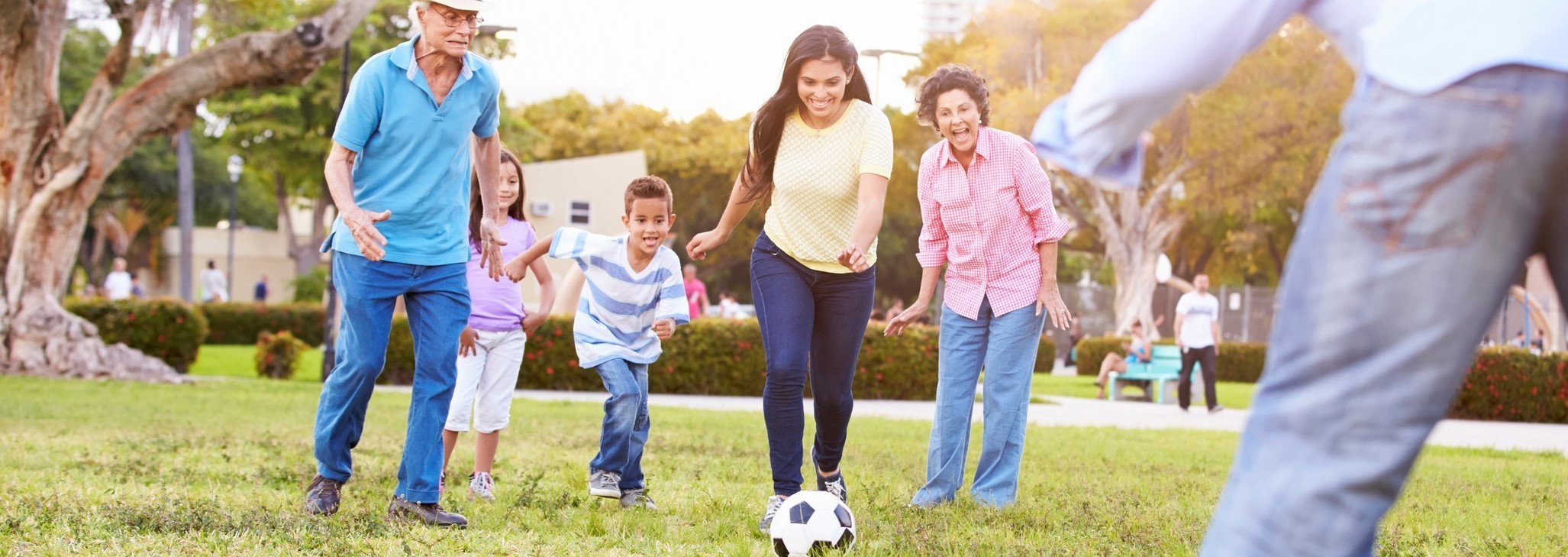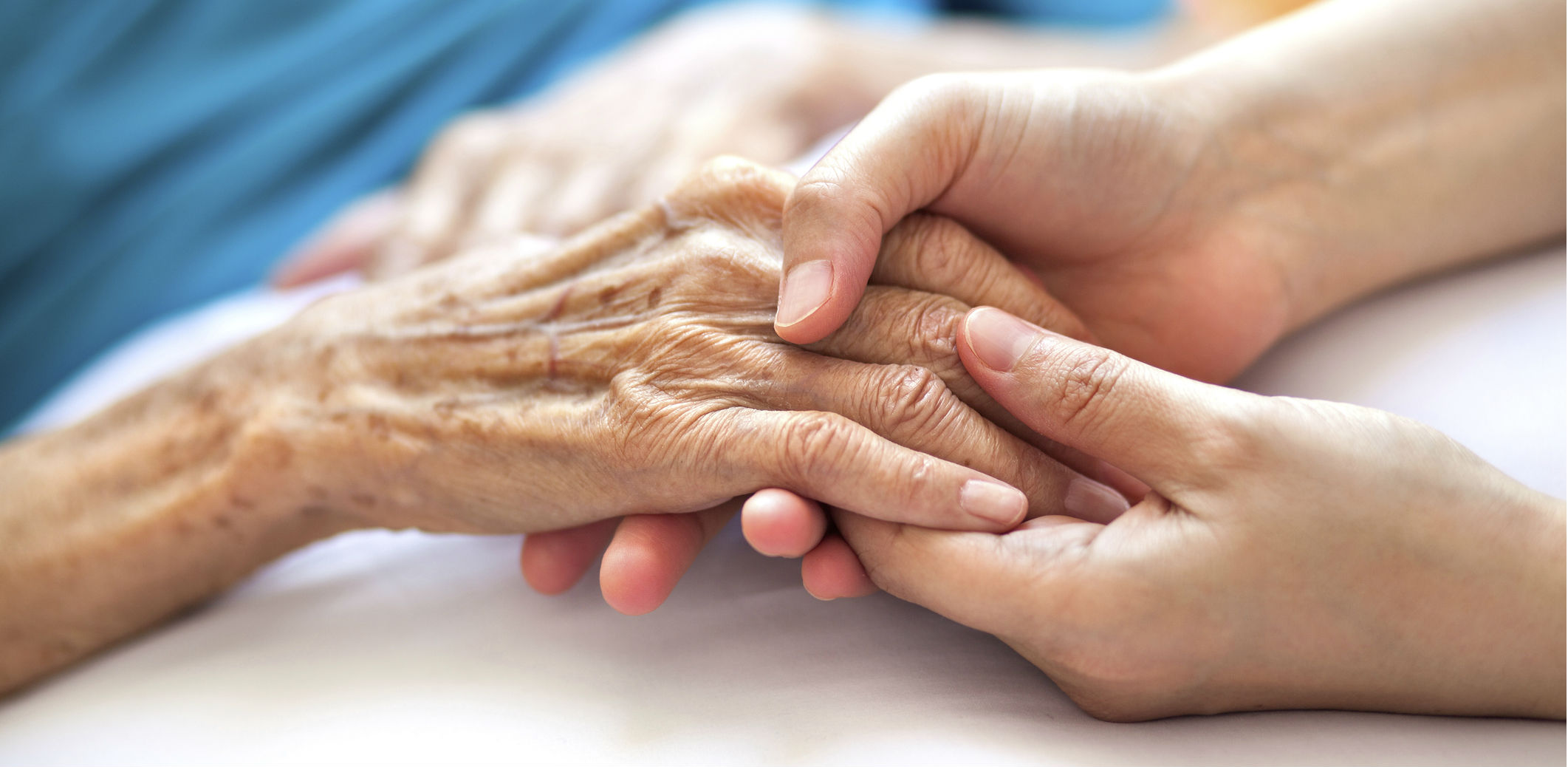Life expectancy at birth in the U.S. has doubled over the past one-and-a-half centuries jumping from 40 years in 1850 to 80 years in 2000. In 1950 approximately eight percent of the U.S. population (12 million people) was over 65 years of age. In 2015, that percent had almost doubled to 15 percent (45 million people). Today, Americans reaching the age of 65 can expect, on average, to live an additional 19 years.
Our country can significantly benefit from the contributions and experiences of older Americans, but we also must recognize and meet the challenges commensurate with the growing population of Americans 65 and older. All sectors should be engaged in promoting healthy aging, but public health – in particular – has a very distinct role to play to ensure that our older citizens experience a full life for as long as possible. After all, the public health sector has played a significant role in helping Americans to live longer, so we also have an important role to play to ensure those longer lives are full and productive.
What is Healthy Aging?
Healthy aging is defined as: 1) promoting health, preventing injury and managing chronic conditions; 2) optimizing physical, cognitive and mental health; and 3) facilitating social engagement. This definition intentionally does not equate healthy aging with the absence of disease and disability. Instead, it portrays healthy aging as both an adaptive process in response to the challenges that can occur as we age and a proactive process to reduce the likelihood, intensity, or impact of future challenges. It calls for maximizing physical, mental, emotional, and social wellbeing, while recognizing that aging often is accompanied by chronic illnesses and functional limitations, including lifelong conditions. While the public health sector has experience and skill in addressing these components of health for some populations, it has not traditionally focused such attention on older adults.
The Role of Public Health in Healthy Aging
Trust for America’s Health (TFAH), in partnership with The John A. Hartford Foundation, held
a convening called A Public Health Framework to Support the Improvement of the Health and
Wellbeing of Older Adults, in Tampa, Florida on October 27, 2017. National, state, and local
public health officials; aging experts, advocates, and service providers; and healthcare officials came together to discuss how public health could contribute to an age-friendly society and improve the health and wellbeing of older Americans. The result is a Framework for an Age-Friendly Public Health System that includes five potent roles for public health in the healthy
aging effort:
- Connecting and convening multiple sectors and professions that provide the
supports, services, and infrastructure to promote healthy aging.
- Coordinating existing supports and services to avoid duplication of efforts, identify gaps, and increase access to services and supports.
- Collecting data to assess community health status (including inequities) and aging population needs to inform the development of interventions.
- Conducting, communicating, and disseminating research findings and best practices to support healthy aging.
- Complementing and supplementing existing supports and services, particularly in
terms of integrating clinical and population health approaches.
The Framework outlines the functions that public health could fulfill, in collaboration with aging services, to address the challenges and opportunities of an aging society. Not every community will have the capacity to fulfill all these roles, and some roles are already being filled by other entities. Advancing the public health sector’s involvement in healthy aging needs to be guided by, and in partnership with, such organizations. Furthermore, public health organizations may lack sufficient capacity to undertake such activities and will need to carefully and thoughtfully determine how and where to focus their limited resources (e.g., braiding current streams of funding for public health activities). The emerging challenges associated with an aging population in the context of serious fiscal limitations within our communities means that we must find efficient models of supports and services that align with the framework’s approach. Oregon provides just such a model.
The Oregon Model
Oregon has taken a unique and cost-effective approach to addressing the needs and opportunities of its more than 660,000 people older than 65 years by co-locating the State Unit on Aging’s Long-Term Care Program Analyst (Program Analyst) within the Public Health Division offices. Although this was not always the case, this nontraditional co-location creates efficiencies, eliminates silos, and enhances coordination and collaboration between the two Oregon state agencies that provide health supports to Oregonians.
Like other states, Oregon’s public health and aging services are separate and distinct in funding, personnel, location, and services provided. The Department of Human Services State Unit on Aging (SUA) is responsible for overseeing implementation of the Older Americans Act,
Medicaid long-term care supports and services, Adult Protective Services (APS), and Oregon Project Independence. It works with the 17 Area Agencies on Aging which help to administer all the services and supports for older Oregonians. The Program Analyst works with Oregon’s aging services network to promote community implementation of evidence-based health promotion strategies addressing chronic disease self-management, falls prevention, physical activity and healthy eating, Alzheimer’s caregiving, and other preventive services.
Medicaid long-term care supports and services, Adult Protective Services (APS), and Oregon Project Independence. It works with the 17 Area Agencies on Aging which help to administer all the services and supports for older Oregonians. The Program Analyst works with Oregon’s aging services network to promote community implementation of evidence-based health promotion strategies addressing chronic disease self-management, falls prevention, physical activity and healthy eating, Alzheimer’s caregiving, and other preventive services.
Although Oregon’s public health division has not historically included healthy aging in its portfolio of programs, its Cross-Agency Systems Manager now devotes part of her time to healthy aging and collaborates frequently with the Program Analyst. The co-location in the public health division offices enhances opportunities for working together, limits redundancies, enables the sharing of key data, leverages funding between the divisions, and overall, helps to
create an age-friendly public health system in Oregon.
The Roles of the Program Analyst and Alignment with the Framework
When aligned with the five roles of public health within the Framework, the Oregon model provides an informative and, importantly, doable model for other public health systems across the country.
1. Connecting and convening
Healthy aging requires the active contribution of a variety of stakeholders. Indeed, many different organizations and professionals are working to support healthy aging and public health can help to connect and convene the multiple sectors and professions that provide the supports, services, policies and infrastructure to promote healthy aging.
Oregon’s Long-Term Care Program Analyst provides a link between the health department and the state’s 17 agencies on aging – a significant alignment as they are primarily responsible for providing information and services to seniors and people with disabilities across Oregon. Engaging public health with the agencies on aging provides a crucial connection between the two entities, particularly as local public health grantees are required to work with those agencies to ensure that seniors benefit from public health programs and services. The Program Analyst also facilitates partnerships with other statewide aging services, aging advocacy, and long-term care entities. These public-private partnerships are critical in addressing issues including the need for expanded respite services, the growing impact of Alzheimer’s disease and other dementias, and housing and transportation needs.
Oregon’s State Plan on Aging (developed every four years to guide SUA programs and activities) requires SUA staff to collaborate across programs and work to include positive approaches and practices across the elder services delivery networks. The Program Analyst supports these efforts by bringing the needs of older adults into this planning process.
2. Coordinating existing supports and services
Navigating the wide variety of supports and services for older adults can be confusing and overwhelming for older adults, their families, and other professionals. A second possible role for public health is therefore to coordinate existing supports and services to avoid duplication of efforts, identify gaps, increase access to services and supports, and ensure that older adults are not overlooked in any other public health programming or research.
Together health department staff and the Program Analyst help to ensure that programs run between the two agencies are complementary and not duplicative. They work closely with the Oregon Health Authority (Oregon’s single state Medicaid agency) regarding older adult mental and behavioral health and public health efforts impacting older adults. The Oregon Health Authority received state funding in 2015 to develop a statewide network of older adult behavioral health specialists. These individuals are working closely with elder services offices, community mental health agencies and others to develop closer coordination and support for older adults dealing with mental health needs. Oregon’s Program Analyst provides technical assistance to the area agencies on aging to aid in the implementation of the Older American’s Act and other federally-funded initiatives. Finally, the state public health division and Aging and People with Disabilities office partner on various initiatives to address chronic disease prevention and management, falls prevention, immunizations, and a new focus on oral health. iv
3. Collecting data
An important role of public health is to gather, analyze and disseminate demographic and health information. Such core public health activities can call attention to the needs and assets of a community’s aging population, inform the development of interventions and help set goals (and define measures) for health improvement. The Behavioral Risk Factor Surveillance System (BRFSS) administered by the CDC includes two modules that states have the option of using to assess and track two issues crucial to the health and well-being of older adults: the cognitive decline module and the caregiver module. The Oregon chapter of the Alzheimer’s Association encouraged the state legislature to fund these aging modules, making Oregon one of only seven states to collect data for both modules. Oregon utilizes additional BRFSS measures to cross walk multiple risk factors to better tune and align their efforts, such as the general physical and mental health indicators. In addition, Oregon created a healthy aging index in 2015 to prioritize and monitor key data indicators that inform investments in infrastructure to support health across the life span. Ensuring the use of public health data galvanizes partners toward common goals and objectives. And Oregon’s State Health Improvement Plan 2015-2019 identified oral health in older adults as a focus area for improvement and is using the BRFSS to track this data. The Program Analyst helps to oversee the collection and analysis of these data.
4. Conducting, communicating, disseminating research/best practices
Public health researchers, policymakers, and practitioners can play key roles in supporting healthy aging by conducting, communicating, and disseminating research findings and best practices to empower individuals to engage in healthy behaviors, support the provision of effective services, and contribute to the create of safe and healthy community environments. Indeed, there is a large body of research concerning healthy aging, yet limited clearinghouses for interested parties to find best practices or resources. Public health organizations could provide central locations for information on healthy aging, including best practices, toolkits, and research. The ready availability of such a site would enhance the capacity of other sectors and professions to address the needs of older adults.
Despite a lack of funding for communication, Oregon’s Public Health Division works with their aging partners to promote messaging directed toward older adults. Using the Public Health Division’s communication infrastructure to develop a story arc on Place Matters Oregon, the health department has been successful at accelerating and raising the civic conversation in Oregon. Place Matters Oregon now shares the lived experiences of older adults, reinforcing the importance of place and space on one’s ability to thrive as we age. Additionally, the department published the Health Within Reach Blog and Data Within Reach Webinar. This webinar outperformed all previous webinars and the Healthy Aging blog was the second most reviewed Health Within Reach blog post since it began; both demonstrating the opportunity and the need for public health to be informing conversations about aging in Oregon.
5. Complementing and supplementing existing supports
The fifth possible role for public health is complementing and supplementing existing supports and services, particularly in terms of integrating clinical and population health approaches. Existing public health programs address a wide range of health issues, from infectious disease to chronic disease; from education campaigns that reach the general public to targeted and focused home visits by educators; from the enforcement of environmental regulations addressing longterm health risks like clean air and water to the response to rare and catastrophic events. Furthermore, public health is focused on the entire life course, providing programs and policies such as maternal and child health, workplace safety, and tobacco-free initiatives, that ultimately support healthy aging later in life. Each of these current activities could be assessed to determine if they are adequately meeting the needs of older adults and, when not, modified to better do so.
In Oregon, as the aging sector works primarily at the individual level, the Cross Agency Systems Manager provides focus for the public health division and coordination with other statewide partners such as AARP and the Alzheimer’s Association on policy, systems and environmental change issues, such as tobacco policy, residential and in-home care settings, caregiving and worksite wellness policies, including paid sick leave and healthy meetings and events, agefriendly communities, and increasingly on dementia-friendly communities.
Conclusion
There are many ways for a public health department to become engaged in the promotion of the health and wellbeing of older adults. The current work in Oregon provides an innovative example particularly with the co-location of its Long-Term Care Program Analyst within its public health department. This approach enhances the state’s capacity to include healthy aging in its planning, data collection, communication, and program implementation. The Oregon model illustrates the potential for public health to effectively collaborate with the other sectors providing older adult services to promote optimal health.
Acknowledgements
TFAH wishes to acknowledge the contributions of Kirsten Aird, Cross Agency Systems Manager in Oregon’s Public Health Division, and Jennifer Mead, Program Analyst in the Oregon Department of Human Services State Unit on Aging, to make this case study possible. We are grateful for their expertise and commitment to ensure the effective collaboration between Oregon’s public health and aging services sectors.


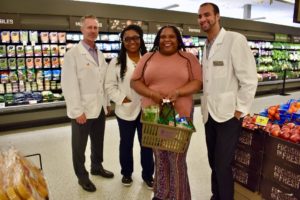

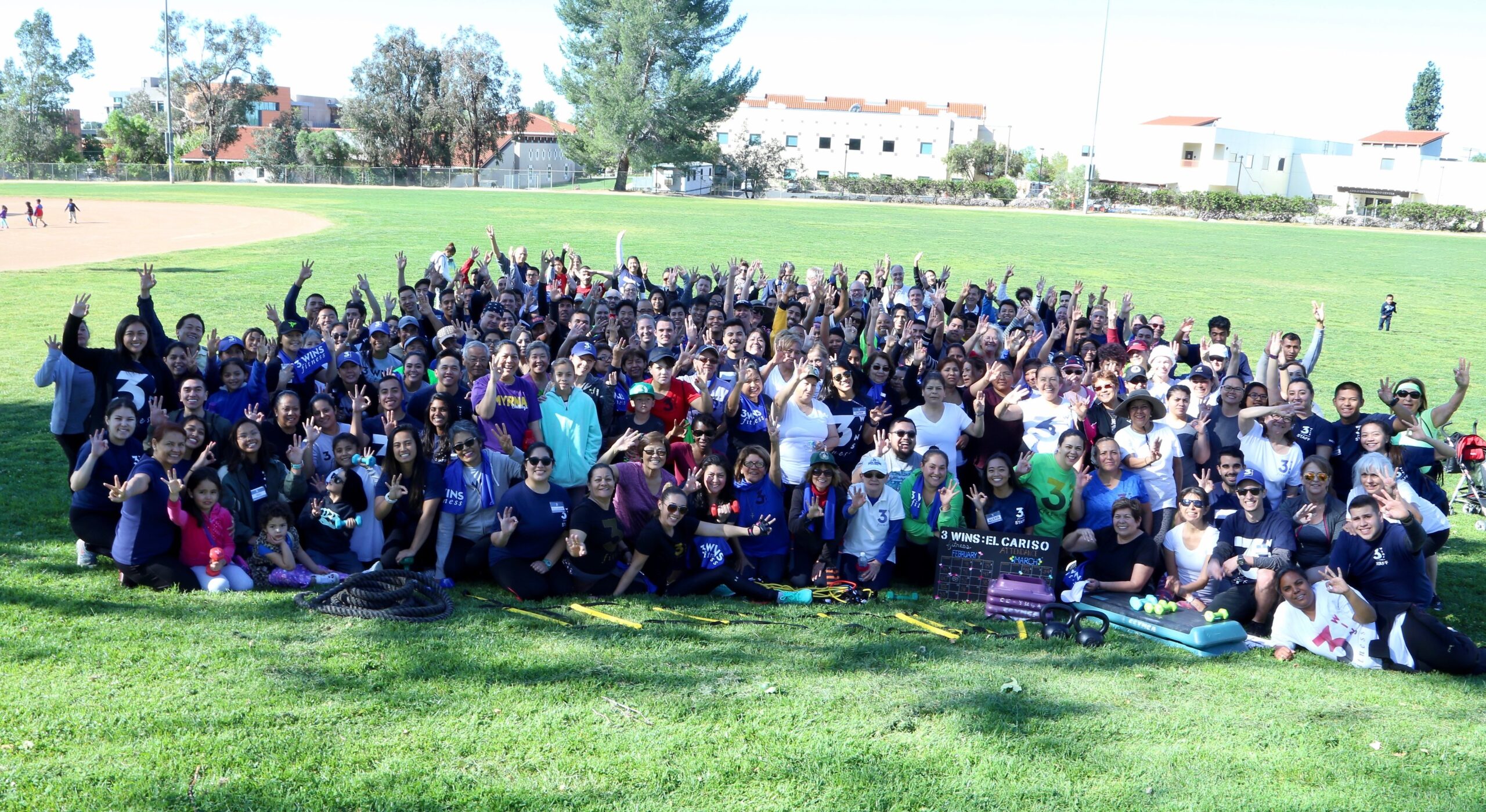
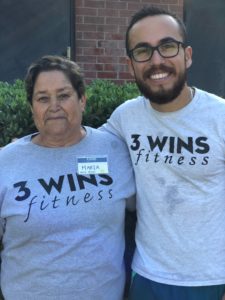


 The creation of the Los Angeles Alliance for Community Health and Aging (LAACHA) is an example of how the public health and aging sectors can collaborate to identify needs and challenges, coordinate supports and services, and leverage funding and other resources to best serve the health and social needs of LA’s older adults. This case study explores the creation of LAACHA and examines the roles it plays in improving older adult health in Los Angeles.
The creation of the Los Angeles Alliance for Community Health and Aging (LAACHA) is an example of how the public health and aging sectors can collaborate to identify needs and challenges, coordinate supports and services, and leverage funding and other resources to best serve the health and social needs of LA’s older adults. This case study explores the creation of LAACHA and examines the roles it plays in improving older adult health in Los Angeles. 
